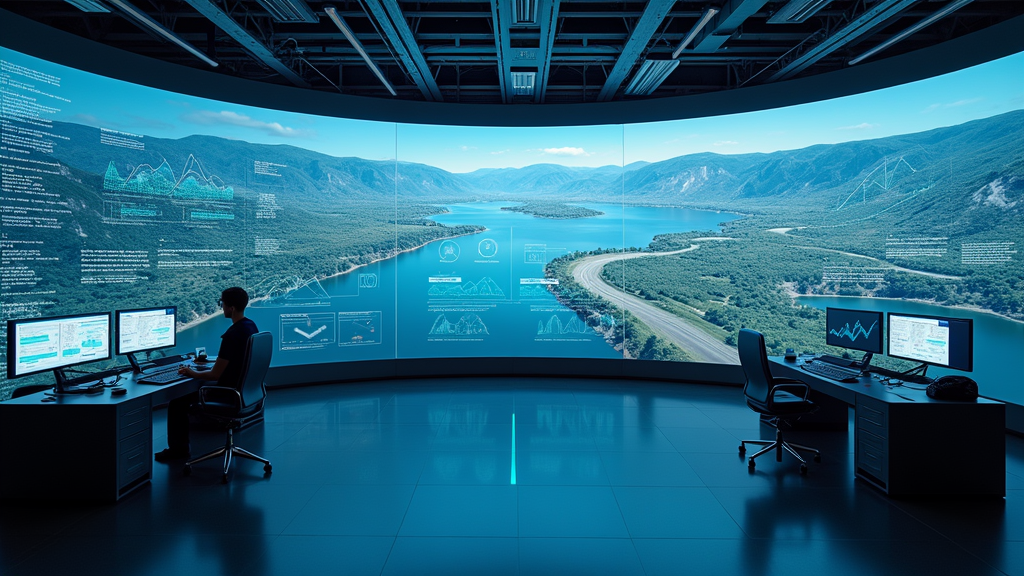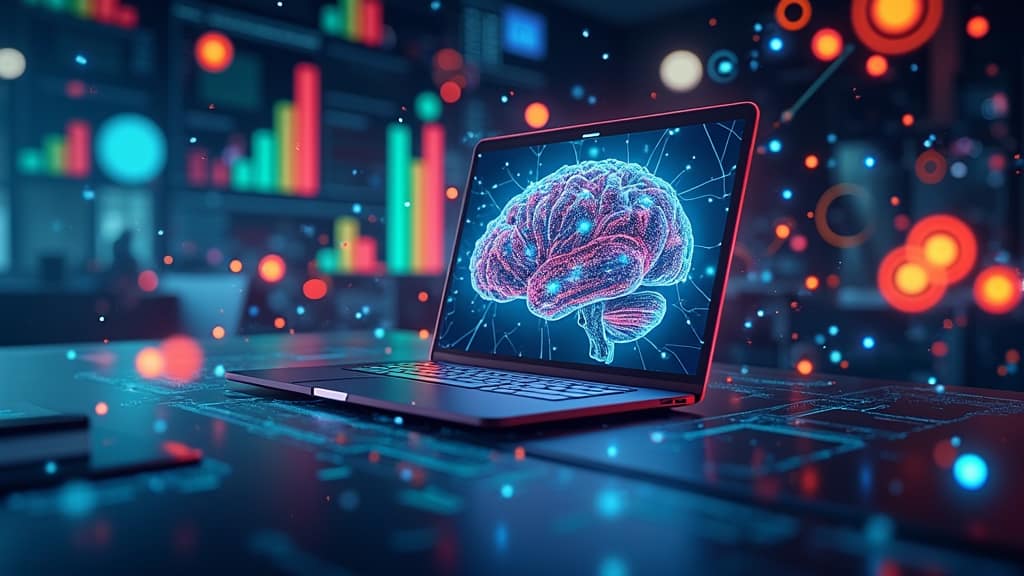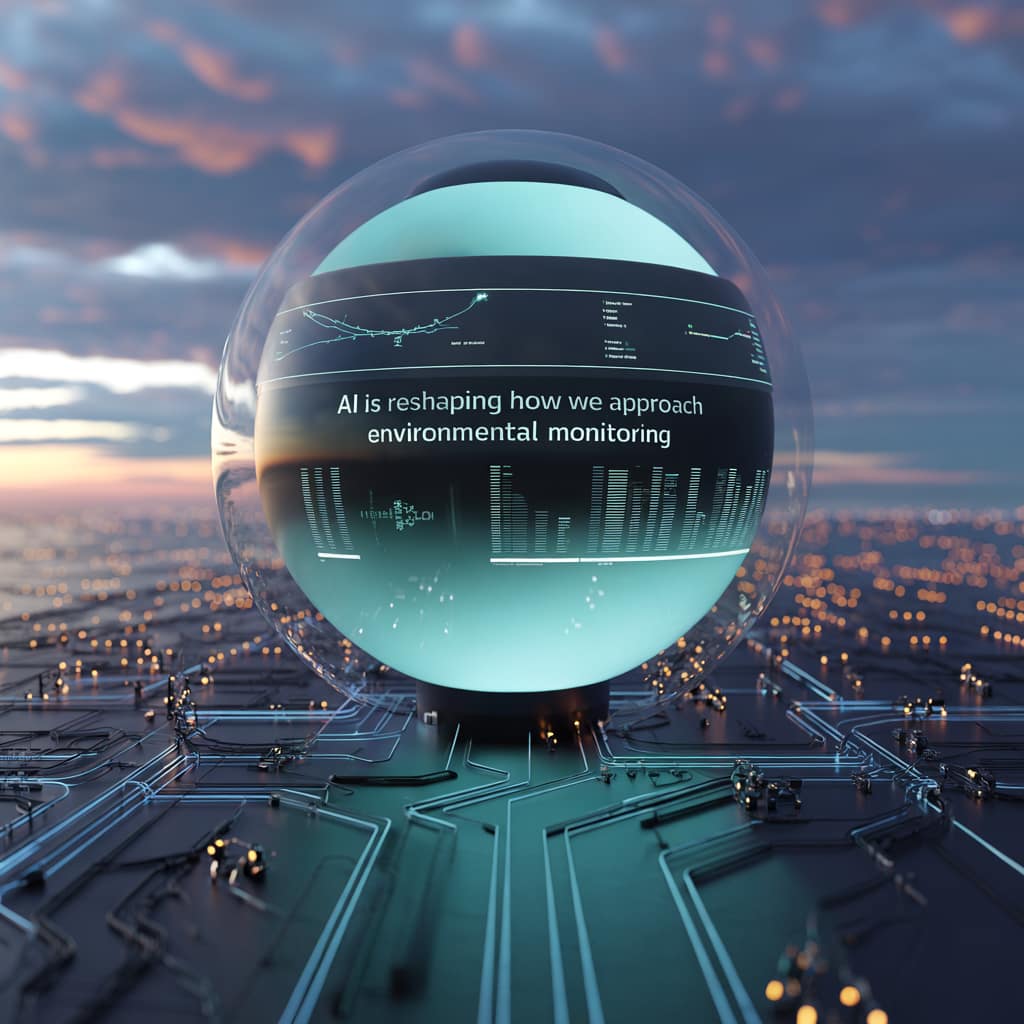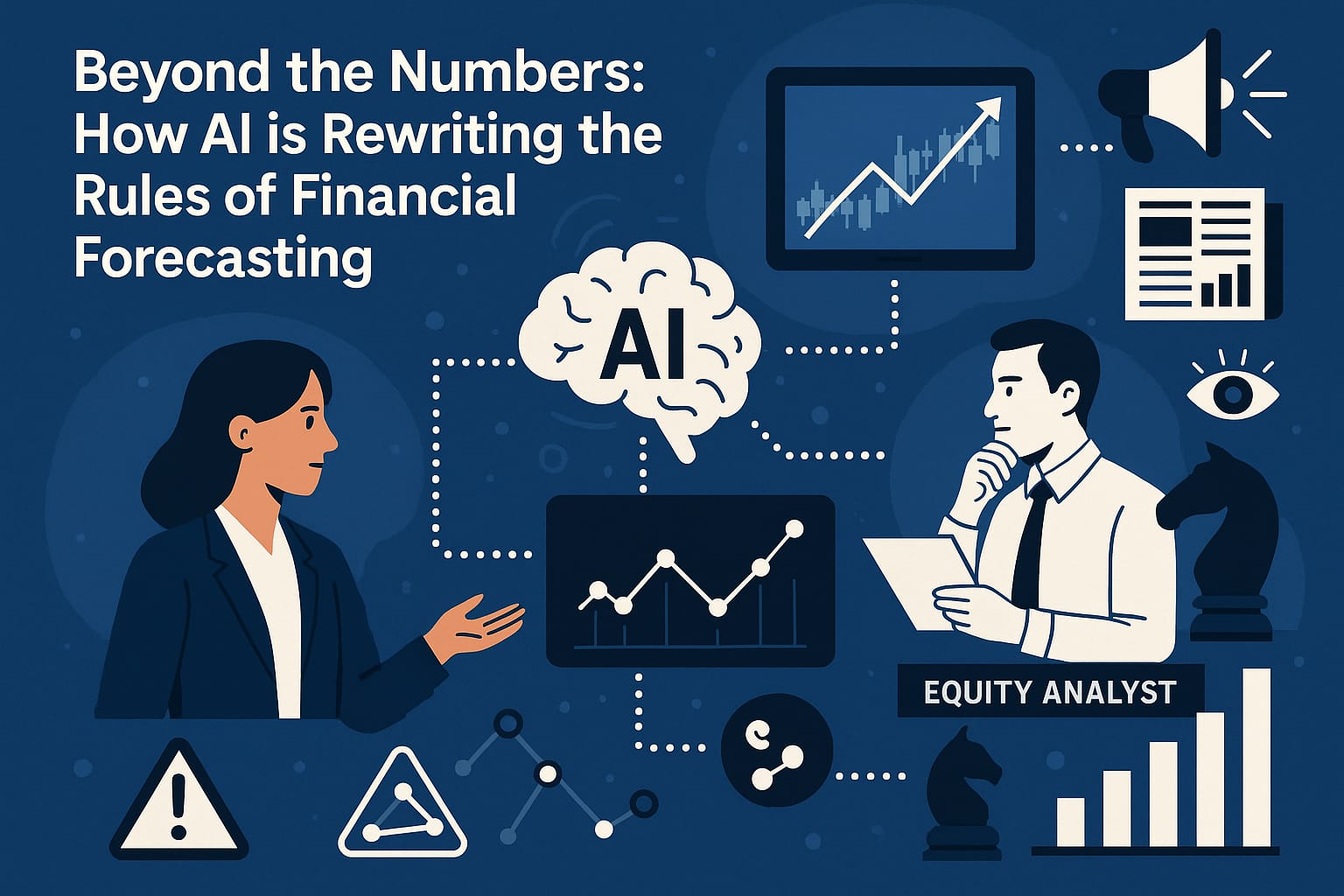Water is one of the resources I depend on daily, yet it’s becoming more unpredictable with changes in weather, rising demand, and aging infrastructure. Managing water supply, distribution, and conservation has never been more complex. That’s where AI-driven solutions step in, offering me new possibilities for smarter water resource management. In this article, I’m going to walk through how artificial intelligence is making a real difference when it comes to tackling water challenges, from drought prevention to leak detection and improved planning.

AI in Water Resource Management – The Basics
Water resource management refers to all the efforts I use to plan, develop, distribute, and conserve the water supply. Traditionally, this work relied heavily on manual data collection and historical patterns, which left a lot of room for uncertainty and inefficiency. AI-driven solutions, powered by machine learning, data analytics, and remote sensing, allow me to make more precise decisions based on real-time data and trends. This shift is helping water utilities, farmers, city planners, and even households use water more efficiently.
Think about how weather apps now use predictive models to forecast rain or drought. That’s just one example of AI working behind the scenes to help me plan better. AI can sift through massive amounts of environmental, infrastructure, and usage data in a matter of seconds. This brings me insights that would be tough or even impossible to spot through older methods.
Get Started? How AI Collects and Processes Water Data
The first step in using AI for water resource management involves gathering data. AI systems can pull information from satellites, sensors placed in rivers, reservoirs, and pipelines, as well as public databases and weather stations. Some of the key terms and concepts I come across here include:
- Remote Sensing: Using satellites and drones to monitor water levels, soil moisture, and landscape changes over huge areas.
- Real-Time Monitoring: Installing smart sensors in pipelines and treatment plants to instantly spot leaks or changes in water pressure.
- Machine Learning Models: AI systems that keep learning from new data, improving predictions about rainfall, water demand, or pollution risks.
Using these tools, I see how AI combines data from many sources to create a dynamic picture of water availability, usage, and risks. For example, a water utility might use AI algorithms to combine rainfall, water usage, and pipe integrity data to predict areas most likely to suffer a leak or burst in the near future.
Practical Steps? Bring AI-Driven Solutions Into Action
Making the jump to AI-driven water management takes a few practical steps, which often include:
- Assess Existing Infrastructure: Review current water system assets and identify where sensors or smart devices are needed.
- Integrate Data Streams: Set up systems to combine data from sensors, historical records, satellite images, and weather services.
- Deploy AI Analytics: Implement AI algorithms that process the incoming data and provide actionable alerts and recommendations.
- Train the Team: Teach staff how to interpret AI-generated insights and respond to alerts.
- Pilot and Scale: Start with small pilot projects, learn from results, then expand successful solutions across more of the water system.
These steps help create a smoother transition and allow everyone involved to adapt gradually. I’ve seen community scale projects start with small, AI supported leak detection systems, then build up to citywide AI powered management that also tackles drought, demand spikes, and flood risk.
Key Challenges and Considerations for AI Water Management
Rolling out AI in any area comes with unique hurdles. For water, some of the main things I keep in mind are:
- Data Quality and Access: Without enough reliable data, AI systems may struggle to make accurate predictions. Ensuring sensors work properly and data is shared across agencies is really important.
- System Integration: Merging new AI tools with older infrastructure can be tricky; some pipes have been in use for decades and don’t always work smoothly with modern sensors.
- Cost and Resources: Smart infrastructure requires investment, not just for hardware but also for software and staff training.
- Privacy and Security: With more systems connected online, protecting water data from hacking or misuse becomes a priority.
Data Quality
Smart sensors and remote monitors need to stay calibrated and maintained. In my experience, missing or inaccurate readings can quickly lead to poor recommendations. Regular maintenance schedules and clear protocols are key here.
Integration with Existing Systems
Water utilities often use legacy systems that were not designed to connect to AI or modern networks. I’ve noticed that creating simple, modular upgrades instead of overhauling everything at once helps reduce downtime and confusion.
Invest in People and Equipment
AI doesn’t replace skilled workers; instead, it lets them spend more time on complex problem solving and less on day to day monitoring. Setting aside budget for staff training and new equipment will pay off as teams become more familiar with interpreting AI output.
Examples: How AI Is Already Improving Water Use
Real world examples highlight how AI-driven solutions save water and money while improving resilience. Here are a few that I’ve seen in action:
- Leak Detection: Cities like Singapore have installed AI powered acoustic sensors that listen for tiny sound changes in pipes, flagging leaks before they become major issues. This helps reduce water loss and saves money on expensive repairs.
- Smart Irrigation in Agriculture: Farmers in California’s Central Valley now use AI systems that blend satellite data, soil moisture sensors, and crop health images to guide irrigation schedules. This cuts down water use while keeping fields thriving, even during droughts.
- Flood Forecasting and Early Warning: Towns in the Netherlands are harnessing AI to combine rainfall forecasts and river sensor data, providing advanced warnings for potential floods and planning responses ahead of time.
In all these cases, the common theme is turning complex data into meaningful actions. I can see how communities big and small can adapt and become more agile as weather and usage patterns switch up.
More Advanced Tips for Optimizing AI in Water Systems
After learning the basics and rolling out pilot projects, I find that a few advanced tips can help unlock even more value:
Fine Tuning Machine Learning Models: The more localized and specific the training data, the better the predictions will be. Feeding AI systems with up to date records from my area, instead of generic national datasets, really boosts accuracy.
Combining AI With Other Smart Technologies: I like to integrate AI with IoT platforms and geospatial analytics. This lets me automate not only detection but also the control of valves, pumps, and treatment systems for more responsive management.
Partnering for Shared Solutions: Teaming up with neighboring cities or agricultural groups means I can pool resources and build larger data networks, which results in even better monitoring and more cost effective solutions.
Keeping an eye out for how others are using smart AI tools in water management, both locally and internationally, can lead to even more practical solutions. If a city in Spain or a rural area in India can successfully track leaks or anticipate drought using AI, there’s a good chance those methods could be adapted to places closer to home with a few tweaks that match local conditions. Local workshops and online forums provide great spaces to share these insights.
Down To Earth Water Management Equipment and Applications
The technology behind these solutions is becoming more accessible every year, allowing me to participate without needing a big budget. For example, portable water quality meters and low cost IoT sensors connect easily to smartphones and cloud dashboards. Local governments and universities often run pilot programs where communities can try out smart irrigation or leak detection devices at little to no cost.
- Reservoir Monitoring: AI helps track water levels remotely, even predicting evaporation rates based on temperature and wind forecasts.
- Household Water Use Apps: Smart meters combined with AI offer daily tips to reduce water use, track savings, and spot leaks early at home.
- River Pollution Detection: AI powered cameras can monitor riverbanks for signs of illegal dumping or pollution.
Sometimes, I’ve joined community workshops where local utility workers demonstrate these devices and answer questions. Having hands-on experience with the tech builds my confidence and understanding, and that helps with wider adoption. For people new to these ideas, seeing real world demonstrations makes the benefits tangible and encourages more folks to get involved.
Frequently Asked Questions
Over time, people often ask me about common concerns when it comes to AI in water management. Here are a few of the top ones:
Question: Can AI help prevent water shortages in drought-prone areas?
Answer: Yes, AI can track weather patterns, soil conditions, and usage data to help manage water demand, prioritize key uses, and even suggest steps to stretch supplies during dry spells.
Question: Is AI expensive for small communities?
Answer: The price has dropped a lot in recent years, especially for cloud based AI tools and portable sensors. Many solutions scale to fit small towns or rural cooperatives by starting simple and expanding as needed.
Question: How safe is my data in an AI managed water system?
Answer: Utilities and tech providers are putting more effort into secure encryption and privacy protocols to guard personal and system data. Checking vendor security policies before implementing new tech makes a real difference.
AI for Water Management – Simple Tools, Big Impact
Bringing AI into water management means using technology to help conserve, supply, and protect the water I depend on. Even small steps, like adding leak sensors or real time usage dashboards, can help make the most of local water and budgets. As more communities and organizations try these solutions, the tools and strategies keep getting better, more accessible, and easy for people like me to use.
Jumping into these technologies has given me a better understanding of how I can play a direct role in water conservation through smarter choices. Keeping up with new developments will let me further support both sustainability and access to clean water for everyone. Exploring resources, attending workshops, and talking to local experts are all ways I can stay involved and make my water use even smarter.
Water Levels GPT
Offers guidelines for water level predictions with user data integration, focusing on accuracy and accessibility.
How to build your own website with affiliate marketing?
Ready to start your own website and share your passion with the world?
Sign Up with Wealthy Affiliate and unlock step-by-step training to build your online presence just like I did!
Let us find out 🎓




